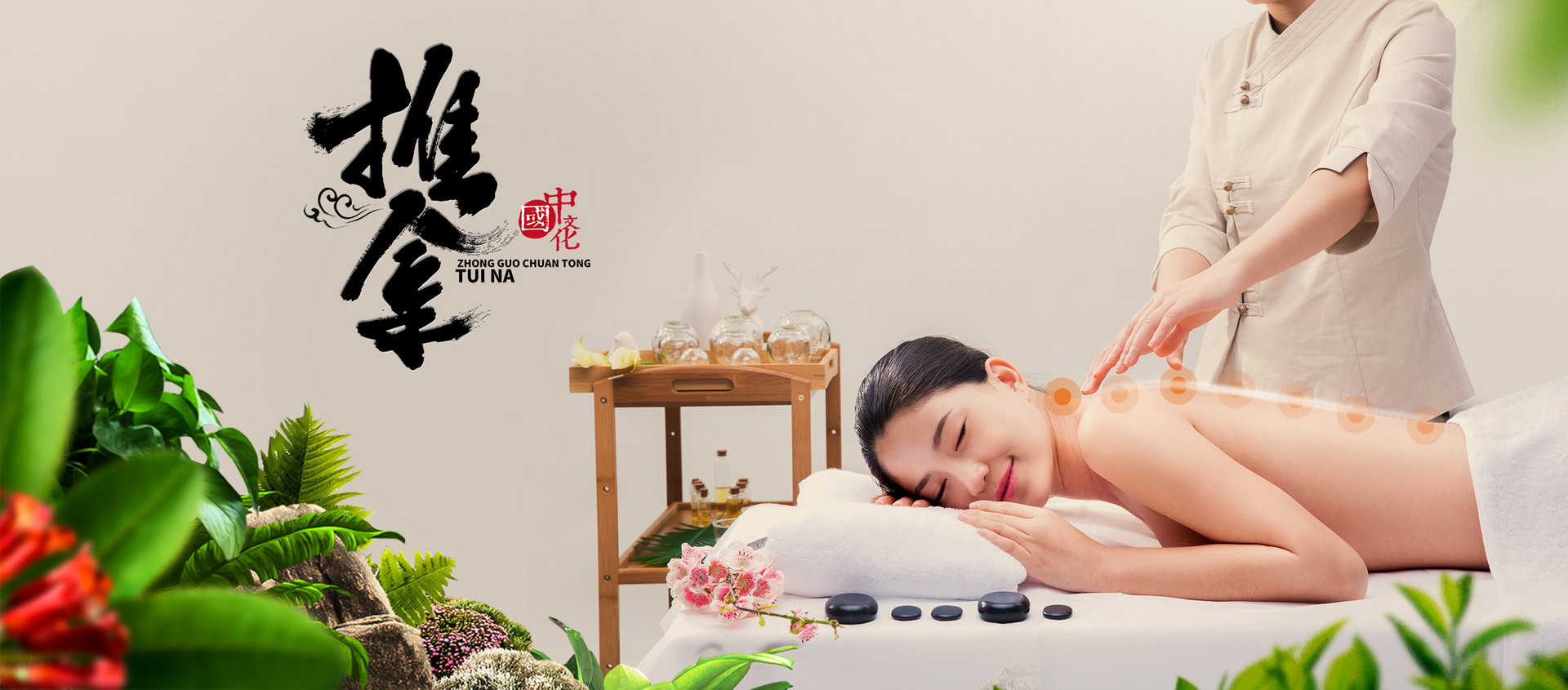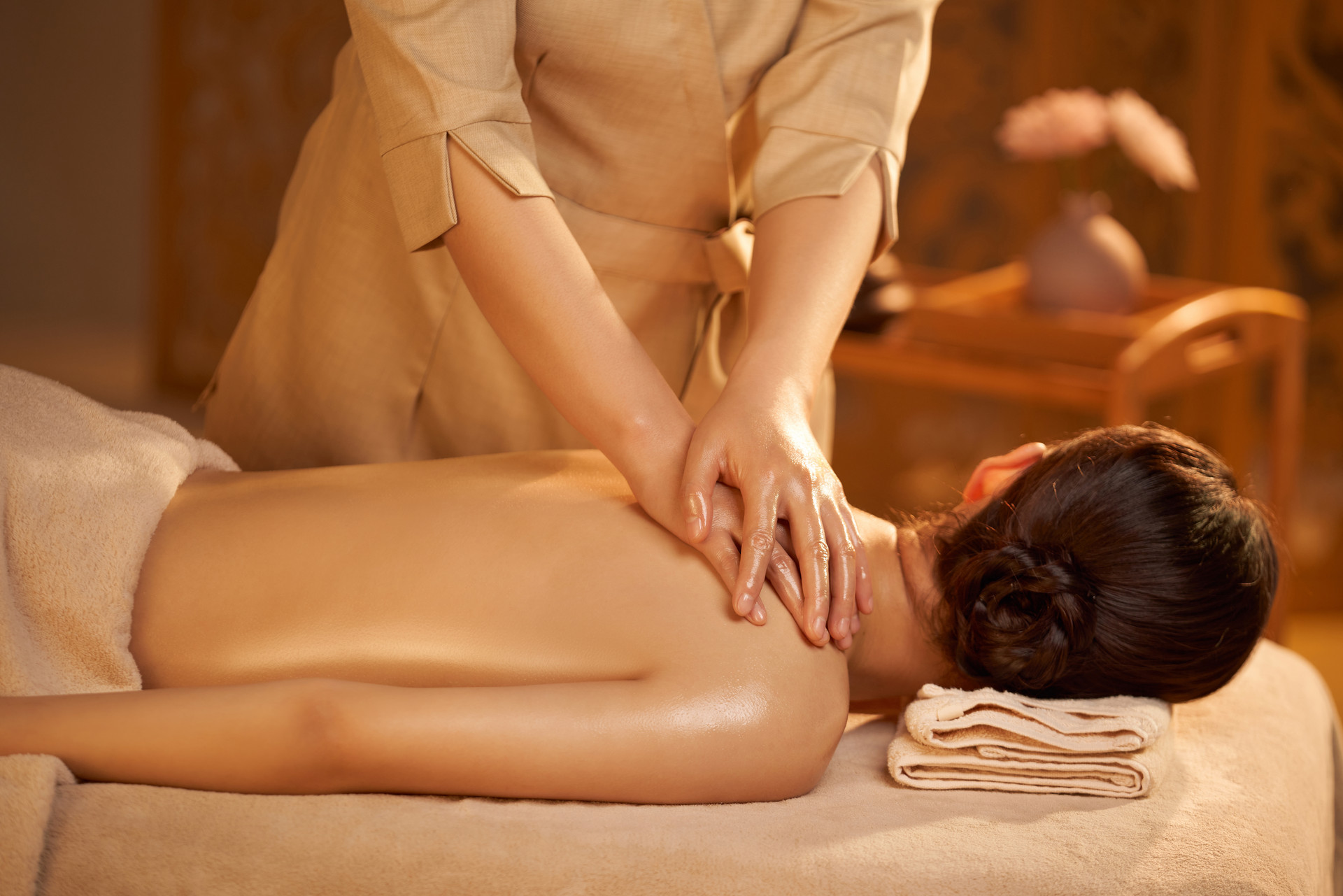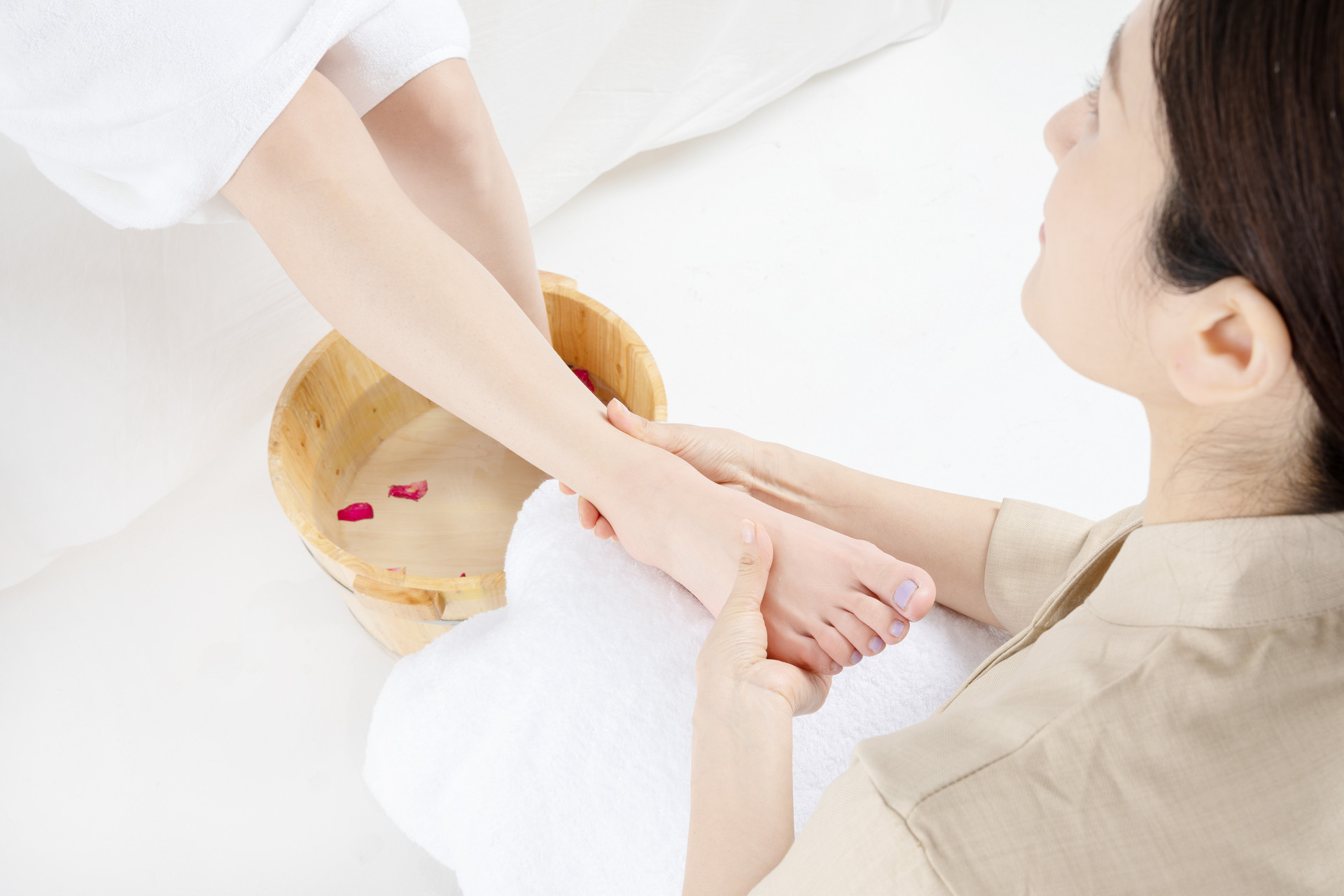- Home /
- Traditional Chinese Massage /
- Massage and health care /
- Contents
Treating Liver Qi Stagnation with Self-Massage: An Ancient Technique for Modern Stress
Everyone Is Watching
-
 The Power of Acupoint Massage for a Better Complexion
The Power of Acupoint Massage for a Better ComplexionMassage is one of the ancient health methods that has been passed down in China to this day. It is a historical experience summarized by generations of traditional Chinese medicine practitioners and i
April 14, 2024 -
 The Profoundness of Chinese Medicine Massage: Techniques for Full Body Health
The Profoundness of Chinese Medicine Massage: Techniques for Full Body HealthAs we know, massage can not only help us relax our nerves but also relieve stress, which is very beneficial to our body. So what are the correct health massage knowledge? And different parts of the bo
April 11, 2024 -
 Unlocking Health Benefits: The Power of Massage on Zu San Li Acupoint
Unlocking Health Benefits: The Power of Massage on Zu San Li AcupointMassage is one of the ancient Chinese methods of health preservation. Massage mainly uses the force of pressure to stimulate the acupoints of the body, thereby relieving fatigue and promoting blood ci
April 9, 2024 -
 Revitalizing Your Digestion: The Power of Massage Therapy
Revitalizing Your Digestion: The Power of Massage TherapyMassage therapy is one of the ancient health care therapies that has been passed down in China to this day. Massage mainly involves pressing the body's acupoints, which helps to relieve fatigue, clear
March 29, 2024 -
 Eliminate Bad Breath with Acupoint Massage: A Traditional Chinese Medicine Approach
Eliminate Bad Breath with Acupoint Massage: A Traditional Chinese Medicine ApproachMassage is an ancient method of health preservation in China. Massage mainly uses pressure on acupuncture points of the body to relieve fatigue, promote blood circulation, and regulate the meridians.
March 29, 2024

Hot Picks
-
 1Effective Massage Therapy for Relieving Toothache: A Natural Approach to Dental Pain
1Effective Massage Therapy for Relieving Toothache: A Natural Approach to Dental PainPeople eat a variety of foods every day, but they often neglect oral hygiene and fail to protect their teeth, which can lead to gum inflammation and toothache. In order to prevent toothache in the fut
April 11, 2024 -
 2The Healing Power of Traditional Chinese Massage: Techniques and Methods Explained
2The Healing Power of Traditional Chinese Massage: Techniques and Methods ExplainedIn today's society, the pace of life is excessively fast, diet is unreasonable, and staying up late every day has led to suboptimal health becoming a common problem for most people. As life stress con
April 2, 2024 -
 3Men's Health: 7 Acupoints for a Healthy Lifestyle
3Men's Health: 7 Acupoints for a Healthy LifestyleWith the development of society and the improvement of people's living standards, it is not only women and children who pay attention to health, but even men have started to take care of their own hea
March 17, 2024 -
 4Revitalizing Your Skin: The Power of Hand Massage for Busy Career Women
4Revitalizing Your Skin: The Power of Hand Massage for Busy Career WomenFor busy career women who have to leave early and come back late, how to take care of the acne and rough skin caused by staying up late is a vexing and urgent matter. In fact, busy individuals ca
December 11, 2023 -
 5Relieving Dysmenorrhea: Self-Care Massage Techniques for Menstrual Pain Relief
5Relieving Dysmenorrhea: Self-Care Massage Techniques for Menstrual Pain ReliefDysmenorrhea refers to the pain and discomfort that women experience in the lower abdomen or lower back during and before their menstrual period. It can even extend to the sacrum. This pain occurs wit
November 28, 2023

